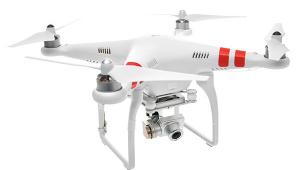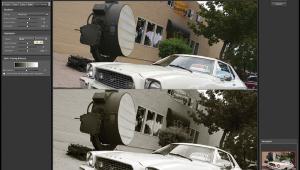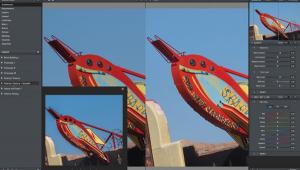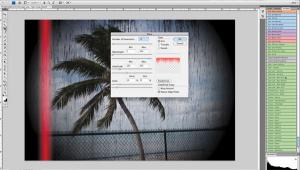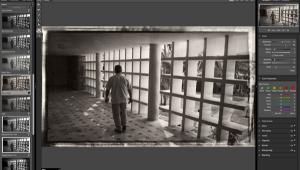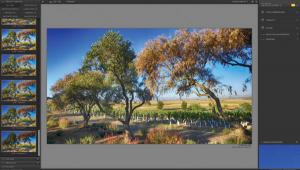Digital Innovations
Change Is The Name Of The Game
| "If we don't change direction soon, we'll end up where we are going."--Professor Irwin Corey If there is one constant theme running through the complaints I hear from photographers contemplating becoming involved with digital imaging it is that there is too much change. I hear some of these same grumbles from people already working with digital media. I believe that it isn't the never-ending parade of new product introductions that bugs them, but the pace of these changes. Just about the time you think you finally got a handle on all these digital doo-dads, along comes something new to add confusion and indecision to the direction you thought you were heading. Believe me I understand; sometimes it seems that when it comes to new digital imaging hardware and software, we are traveling at warp speed to, who knows where. Many years ago I remember advising a young wedding photographer to switch to 220 film instead of the 120 she had been using. The thought of making this one small change freaked her out, but after her employer gave her a few 220 backs to use on her Hasselblad and she shot one wedding with them, she was hooked. "I wished I had done this sooner," she later told me. It is like that with removable media or digital film for digicams, too. The PC card begat CompactFlash and then SmartMedia came along and everybody was happy with them. Then Sony tossed their Memory Stick into the mix and things started to heat up with the announcement at this year's PMA show that more and more companies were beginning to use the Secure Digital (SD) memory card. The SD card, jointly developed by Matsushita Electric Industrial Company a.k.a. Panasonic along with SanDisk and Toshiba, was designed with a flexible architecture and high capacity to accommodate all kinds of digital data including music, PowerPoint presentations, video, and (yes) JPEG image files. Unlike Smart-Media, which seems to have plateaued at 64MB, SD cards have the potential to offer a maximum capacity of 4GB--although you can't purchase that size yet--which should be enough camera image storage for most of us. I often refer to SmartMedia cards as Wheat Thins, because that's what they look like to me, but what about these small SD cards? Well, they're tiny and they used to be expensive. All that changed when Panasonic announced recent price cuts in the suggested minimum price of their SD cards. For example, a 16MB card has a SMP of $39.95 making it less expensive than a typical Smart-Media card of identical capacity. So as you can see, not all change is bad. Plug-In Of The Month Color Checker For
Digicams The DC chart appears similar yet is different from the original. It is letter-sized and corresponds to an aspect ratio of 2:3, although not every digicam's imaging chip matches that ratio. The chart includes 237 color patches representing 177 colors. These colors originated in GretagMacbeth's Munsell lab and are highly saturated, lightproof matte swatches. To expand the gamut, glossy swatches of blue, green, yellow, magenta, cyan, black, and white are also included on the card. ColorChecker DC comes in a mondo cool case, something the original lacked. Visit GretagMacbeth's web site at: www.gretagmacbeth.com. Digital Video File Translation
Essentials Print Me! FotoSlate's printing software includes tools that let you modify the presentation of images as well as edit pictures before inserting them into your templates. These tools include zoom, shrink to fit, rotate, flip, color and light levels, crop, blur, sharpen, despeckle, sepia, and colorize. Once you've dragged a picture into a template, a right-click lets you shrink or rotate as well as use ACDSee's built-in image editor. When you modify an image, the changes are only applied within FotoSlate--your original image file is not altered. Image files supported include 40 popular graphic file formats including Multipage TIFF. You can download a demo version to try it yourself from www.acdsystems.com/english/products/fotoslate/index.htm. |
